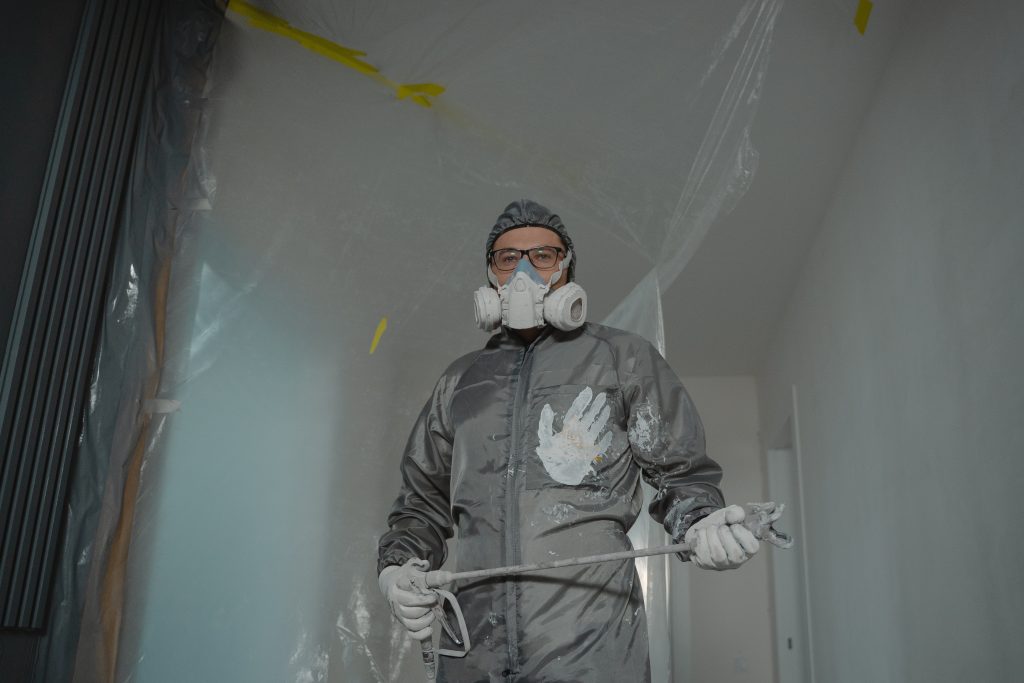What’s the Best Type of Insulation That Should Be Used in a Home


There are several types of insulation for homes. There’s mineral wool, loose-fill, and blown-in fiberglass. These materials can provide a variety of different benefits. Open-cell foam is another type of insulator that can be used in a home.
Loose-fill and blown-in insulation
When it comes to insulating your home, there are two basic types – blown-in insulation and loose-fill insulation. Blown-in insulation is often called “blown-in,” It is usually poured into an open attic or other space. Loose-fill insulation is typically poured into a home’s walls or ceiling.
Blown-in insulation is often easier to install than loose-fill insulation, but both types have some drawbacks. For example, blown-in insulation contains more fiberglass, which can attract pests and cause mold in your home. It may also be harder to detect rodents than loose-fill insulation, so choosing one carefully is essential.
Blown-in insulation uses tiny particles of foam or fiber to fill spaces inside a wall cavity. This method eliminates the need for costly voids and allows insulation to be installed in challenging locations.
Mineral wool insulation
If you’re considering adding insulation to your home, mineral wool is one of the best materials. This material is naturally soundproof, and it can help reduce noise pollution. It also has a natural insect repellent. Another excellent choice for insulation is cellulose. This type of insulation is environmentally friendly and can help you save up to 20 percent a year on energy bills. While there are many types of insulation, you need to consider the climate in your area and the structural layout of your house before deciding which one to use.
Mineral wool is more expensive than fiberglass, but the costs do not affect your budget significantly. In addition, this type of insulation is a relatively small percentage of the overall cost of a home, so it won’t make a big dent in your budget.
Foam boards
Foam boards are a suitable type of insulation for a home. They are easy to work with and can be cut with a circular saw. They can also be scored and snapped like drywall. And also can also easily attach to walls using large washer-style screws or a unique adhesive. Once in place, foam boards can be sealed with caulk or spray foam.
This type of insulation is an affordable option for insulating the walls and floors of your home. It is also easy to install and comes in standard sizes. Foam boards provide a wide range of R-values. The higher the R-value, the more resistant it is to heat transfer. This helps keep your home warm in cold weather and reduces your energy bill.
Foam boards can be either open-cell or closed-cell. There are pros and cons to each. Foam boards are water-resistant, which helps limit moisture buildup and reduce the risk of mold.
Open-cell foam
There are two main types of foam insulation: open-cell and closed-cell foam. Open-cell foam is more flexible than closed-cell foam and expands more quickly. It is also lighter and easier to remove. It is also more effective in extreme temperatures and humid environments. However, it is more expensive than closed-cell foam and requires professional installation.
Open-cell spray foam insulation is an excellent choice for sealing up hard-to-reach areas. It helps keep air-conditioned air in a while, keeping hot air out. In addition, its hydrophobic properties help prevent mold formation and other harmful bacteria. It also has low permeability, alerting you to a water leak or a problem.
Open-cell foam is also cheaper than closed-cell foam. In addition, because it expands more than closed-cell foam, it takes less to fill the same space.
